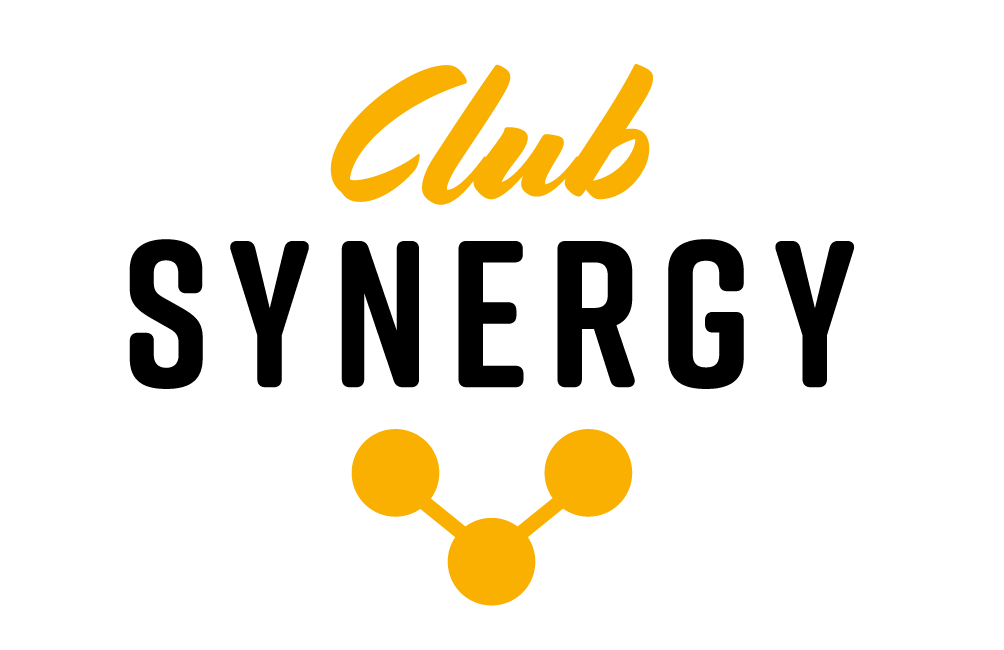Preparing Powerful Presentations - It's all about the AUDIENCE
Your heart is racing, your cheeks are flushed and you are doing a fine impression of a deer stuck in the headlights…
Image by Austin Distel on Unsplash
You’ve just been asked to prepare a presentation and it’s needed tomorrow!
Often the temptation is to dive right in to PowerPoint or Canva and get lost down the rabbit hole of slide creation, jotting down your speaker’s notes as you go and hoping for the best.
While in this state of “gotta get it done”, taking some time out might be the last thing that comes to mind but in the (usually credited to a blunder) words of Ronald Reagan - sometimes “don’t just do something, stand there” is the better option.
And while at Club Synergy, we would always advocate going for a walk or gentle run over standing still to help fuel creativity, the principle is a sound one.
Taking 15-20 mins to plan your presentation, and really consider WHO you are presenting to will make sure your words and images hit the mark. Really thinking about your audience, has the added benefit of moving your focus from your performance to the recipient’s collective experience.
Review your AUDIENCE, while taking a short walk and the presentation will practically write itself on your return.
A is for AWARENESS - How aware of the subject matter, your company or you as presenter are members of your audience likely to be? What does that mean for the context you set your presentation in?
U is for UNITY - How likely is it that members of your audience will be in agreement with the subject of your presentation? Do they need to be influenced to consider an alternative view? Will differing views be represented in the audience? What does this mean for how/what you present?
D is for DEMOGRAPHICS - WHO will be in attendance? What is the make-up of the audience? In-company or wider representation? gender, age, cultures represented. Joining in in-person or online? What does this mean for your presentation content, delivery method, audio-visuals you might use?
I is for INVESTED - How invested do members of the audience need to be by the end of the presentation? Is your purpose to entertain, inform or facilitate action taking afterwards. How will you know if you have attained the level of investment you need during the presentation?
E is for ENVIRONMENT - What do you know about the physical environment you will be presenting in? (layout, temperature, access to toilets, background if presenting online etc) Does it need to be modified or changed in any way to ensure the most positive experience for your audience? How can you make sure this is done before the event?
N is for NEEDS - On top of considering the environment, what does each member of your audience NEED from your presentation. Do they need tangible evidence to re-present to their audience or convince a line manager to act differently. Do they need confidence that the action they are thinking of taking is the “right” one? Do members need to have their voices heard/an opportunity to question you or is a one-way flow more appropriate on this occasion?
C is for CREDIBILITY - Do people see you as a credible presenter for this topic area? If not, or if you are unsure, how can you establish your credibility quickly and without taking focus from the audience? Can you ask a widely trusted colleague to introduce you and the reason you have been asked to present? Do you need to circulate any information before the presentation?
E is for EXCLUSIONS - What should be LEFT OUT of your presentation? what is un-essential? What information could be better conveyed by a different medium? THIS COULD BE THE WHOLE PRESENTATION ;)

